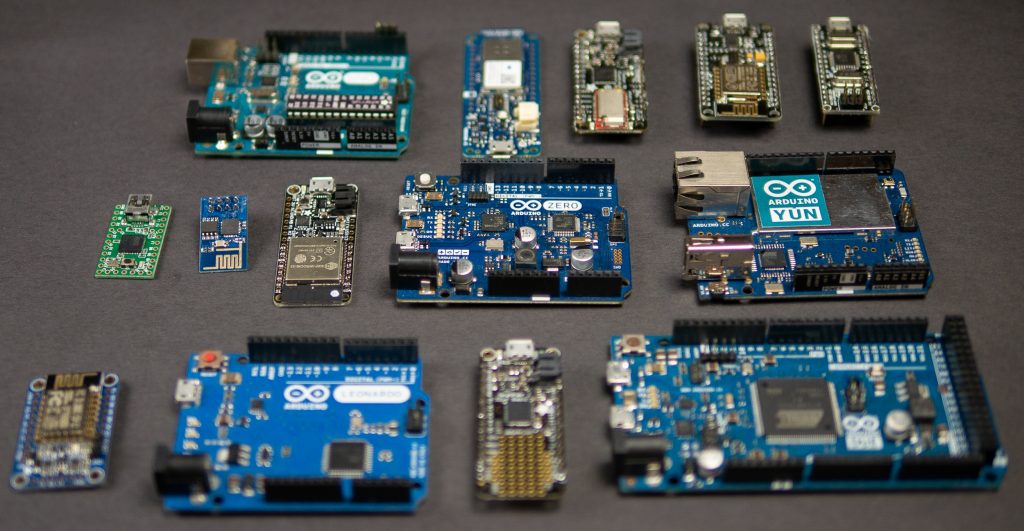Looking through my parts boxes, I have counted at least 15 distinct “Arduino boards” in my collection. Either they are variants of the Uno form factor or they have different processors from the 8-bit boards. That number easily goes to 30 if I include boards with just the “Arduino header” on them. This pile of microcontrollers got me thinking, how does anyone ever choose the right board?
For example, I have had several people tell me the ESP32 is the “ultimate Arduino.” But is it? Well, yes and no. Extra hardware you do not need can lead to complexity and unexpected behavior. When using an advanced module like the ESP32, it is important to learn how to use sleep modes to limit current consumption, especially for battery applications. But if you need WiFi, Bluetooth, I2C, SPI, UART, and high-performance processing, capacitive touch, GPIO, and analog inputs then the ESP32 is an obvious choice.
As for the other boards, I have written a guide to picking the right Arduino. You can find it over on the Hackster.io blog.
Read: Picking an Arduino

